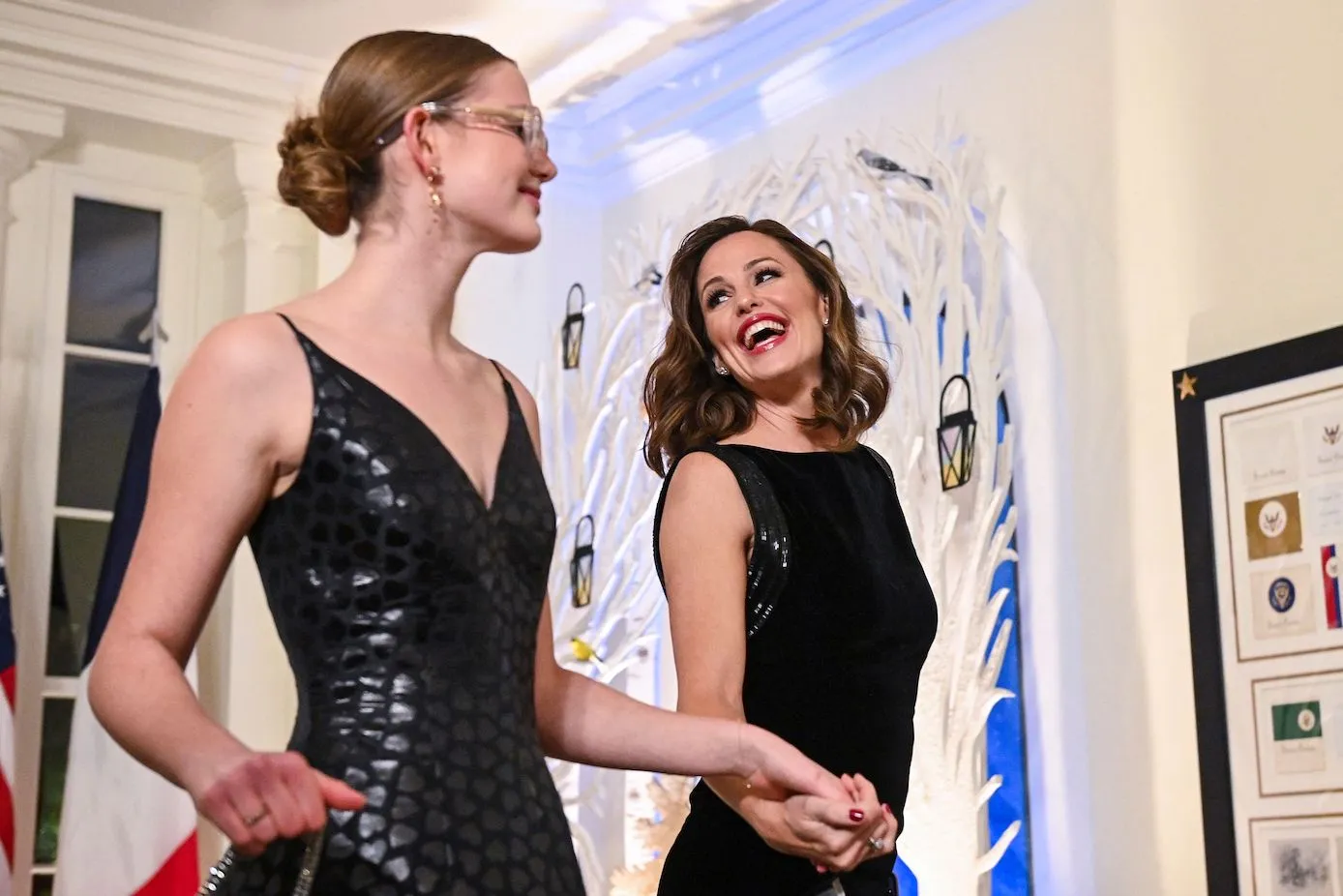Where Was ‘The French Dispatch’ Filmed?
After a pandemic-enforced delay, Wes Anderson’s latest movie, The French Dispatch, is finally premiering. Anderson is one of the few directors who draws attention despite never working with a massive franchise. His distinct visual style and sense of humor have influenced many, but his artistic voice remains singular.
The French Dispatch features an ensemble cast with a mix of actors he’s never worked with before and some reliable stars who always bring their best when working with Anderson. Early buzz from film festivals suggests this movie will be more than worth your time as it premieres on October 22, 2021.
What is ‘The French Dispatch’ about?
Initial rumors that Anderson’s 10th feature film was set to be a musical proved to be well off the mark. The French Dispatch is an anthology story centered around the production of the final issue of a fictional Kansas magazine from their French office. (The full title of the movie is The French Dispatch of the Liberty, Kansas Evening Sun.)
The main inspiration for the movie comes from Anderson’s deep admiration for The New Yorker (he told the publication that he owns nearly every issue dating back to the 1940s) as well as his desire to make a movie in France.
Anderson always manages to bring great acting talent into his movies, and this remains true for The French Dispatch. The anthology structure allows for his biggest cast yet. Familiar stars includes Bill Murray, Owen Wilson, Jason Schwartzman, Tilda Swinton, Adrien Brody, Willem Dafoe, Anjelica Huston, Frances McDormand, and Edward Norton. They’ve all worked with Anderson at least three times up to this point. The movie’s composer, Alexandre Desplat, has scored all of his films.
The list of first-time collaborators is also impressive. The most high-profile names include Timothée Chalamet, Elisabeth Moss, Benicio del Toro, Jeffrey Wright, and Léa Seydoux.
Where was ‘The French Dispatch’ filmed?
Location and set design are hugely important to Anderson’s work, so finding the right place to shoot the movie is vital. The French Dispatch takes place in the fictional town of Ennui-sur-Blasé, a clever play on words that are part of the English language but have French origins. (The name translates to Boredom-on-Apathy.)
Angoulême, France served as the filming location for the movie. Anderson explained the choice of the city during an interview with Charente Libre. During the scouting process, the 52-year-old director and his team looked for a place that “could be a district of Paris, like Menilmontant, Belleville or Montmartre.” Angoulême won out due to its local architecture; one highlight involved a studio in an old factory in Gond-Pontouvre.
Some locals took issue with their home being renamed as it was, but Anderson insists it is not a statement about the city itself. “Blasé is the name of the river,” he explained. “We had found it before choosing Angoulême. For English speakers, it sounds funny. But that the Angoumoisins do not take offense, Angoulême plays a big role in the film.”
It seems like the choice paid off, at least during filming. Murray insisted on staying for a week despite the shooting schedule only needing him for a day. One local woman, Mauricette Couvidat, impressed Anderson so thoroughly that she became a cast member despite not being an actor.
“Ah, Mauricette!” Anderson exclaimed to Charente Libre. “I have never seen someone be appreciated by all the actors so quickly. She is a star! She has a powerful voice which gives her a great presence … very professional even though she had never made films … I knew she couldn’t just be an extra.”
Early reviews of ‘The French Dispatch’ are mostly positive

Most critics think highly of The French Dispatch so far. Its critic score on Rotten Tomatoes sits at 83% from 42 reviews as of publication.
Indiewire‘s Eric Kohn, who gave it a B+, wrote: “Closer to a French New Wave experiment than the more controlled ensemble stories in his repertoire, ‘The French Dispatch’ is akin to Anderson inviting audiences into his laboratory as he mines for gold from real material, and fuses it with his homegrown artistry.”
By contrast, Vanity Fair‘s Richard Lawson found the movie too focused on aesthetics. “For the most part, though, the stories are busy and incomprehensible, flurries of bells and whistles that really only serve to show us how much visual wit and linguistic acrobatics Anderson is capable of. What it’s all about is lost in the frenzied shuffle; if it was ever about anything.”
Regardless, Anderson’s fans will surely enjoy another production from the director; this time set in France.


